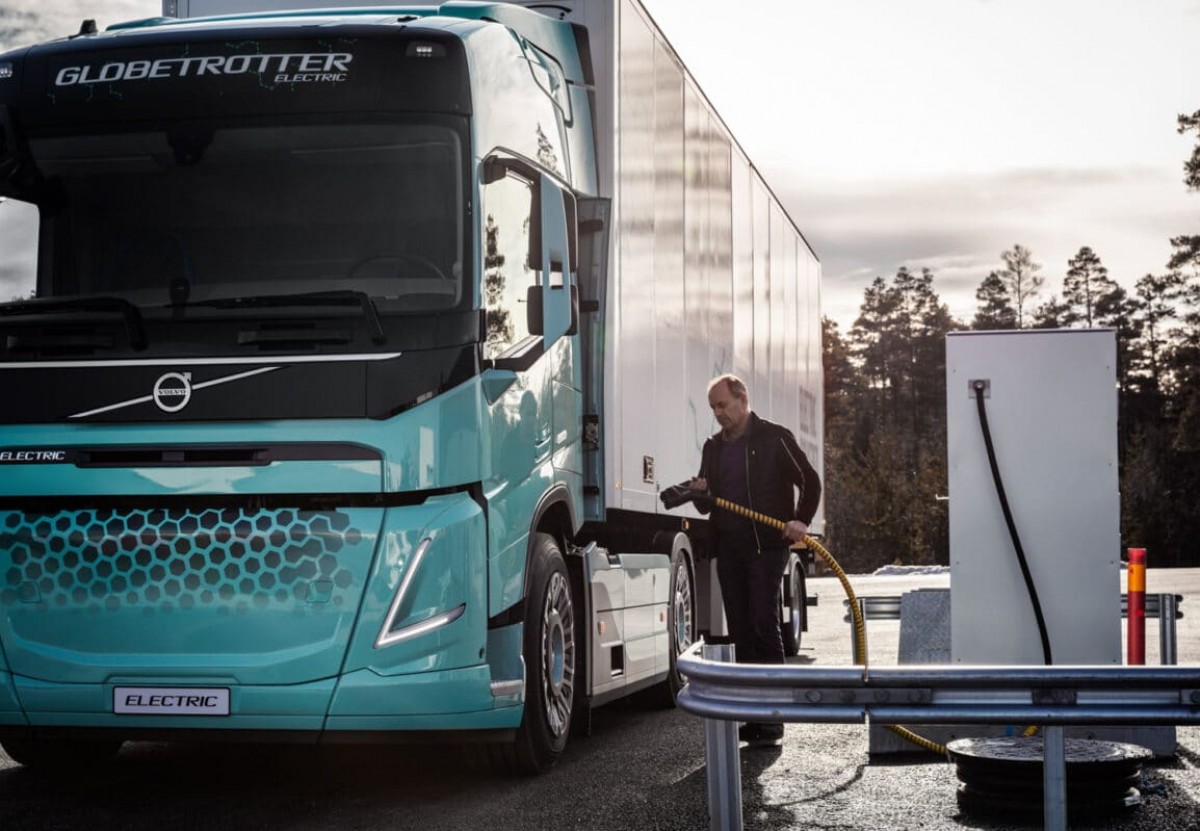Europe draws an ambitious plan for EV charging and hydrogen infrastructure
As Uncle Sam grapples with the blueprint for a national charging network, clean transport supporters across the pond seem to be leaving the US in their environmentally friendly dust. Here's the headline: Europe is taking no prisoners when it comes to revamping its EV and hydrogen infrastructure.
Under its ambitious plan, the European Parliament envisages an extensive network of charging stations, located no more than 37 miles apart and accessible from either direction of travel. These stations, due for completion by 2027, will pack quite the punch, each boasting a minimum of 600 kW per site. For those of us still catching up, that's quadruple the output mandated by America's Bipartisan Infrastructure Law.

But Europe isn't stopping there. The plan includes an interim goal, a stepping stone, if you will, requiring each station to deliver an output of at least 400 kW per pool by the end of 2025. We can comfortably call it Europe's promise of a brighter, greener future. No, seriously.
This hefty package, christened the TEN-T core road network, will not only cater to everyday commuters but also the heavyweight division of the transportation world - the trucks and buses. The EU's vision includes charging stations for these electron-guzzling giants every 75 miles, each armed with an output ranging from 1.4 to 2.8 megawatts.

A massive infrastructure overhaul of this scale, you may think, would be daunting even for Europe. But it's part of the continent's Fit for 55 package. Not a new diet plan, mind you. The Fit for 55 is an integral part of the European Climate Law passed in 2021, designed to see greenhouse gas emissions cut by at least 55% by 2030, compared to 1990 levels. High stakes? Absolutely. But then, nothing worth having comes easy.
But that's not all; there's more. And it's all about hydrogen. Europe is planning a parallel hydrogen station network to cater to a growing fleet of hydrogen-fueled semis. These stations will be placed at least every 124 miles. They will have a minimum cumulative capacity of 2,200 lb per day from a 700-bar dispenser by 2030. That's enough juice to power 20 to 30 long-distance fuel-cell semis.

Sounds too good to be true? Well, there's a catch. Payment. But don't worry - the new rules state that charging will not require a subscription, and payment can be made swiftly via payment cards or contactless devices. So, while the rest of us are fumbling with coins at the gas station, Europeans will charge their EVs contactless and carefree.
When is this new future supposed to start? If it all goes according to the very complicated plan, just six months after the final approval of the new rules, this journey toward a cleaner, greener future will start taking shape.





Facebook
Twitter
Instagram
RSS
Settings
Log in I forgot my password Sign up